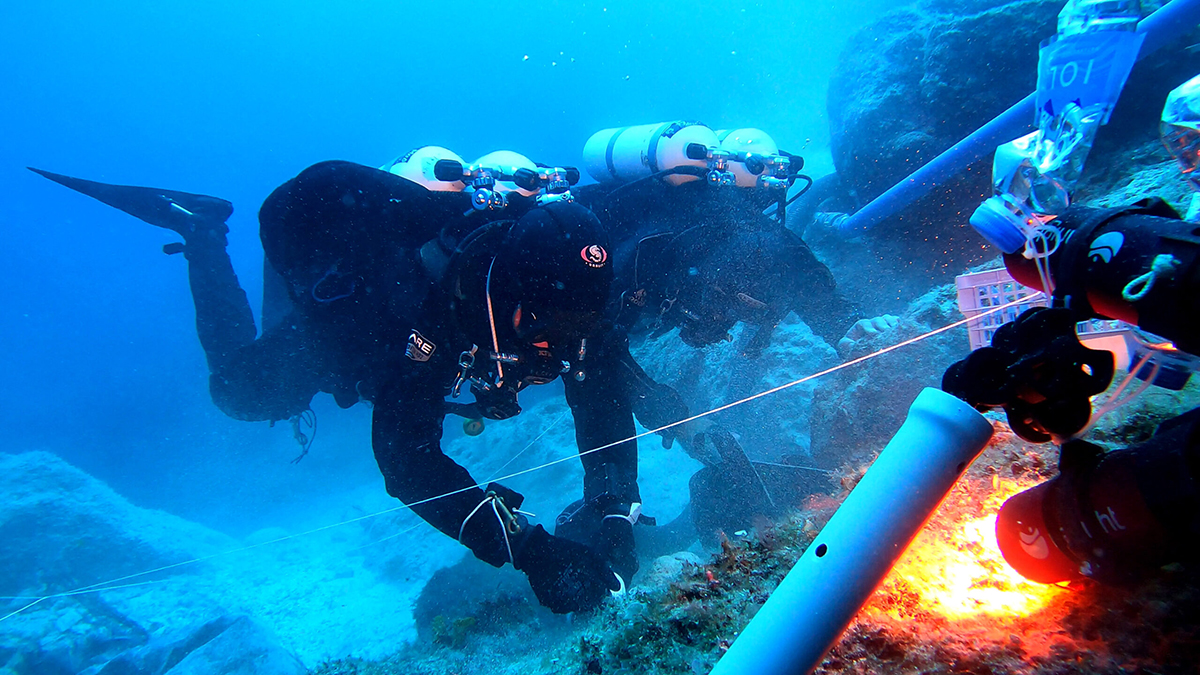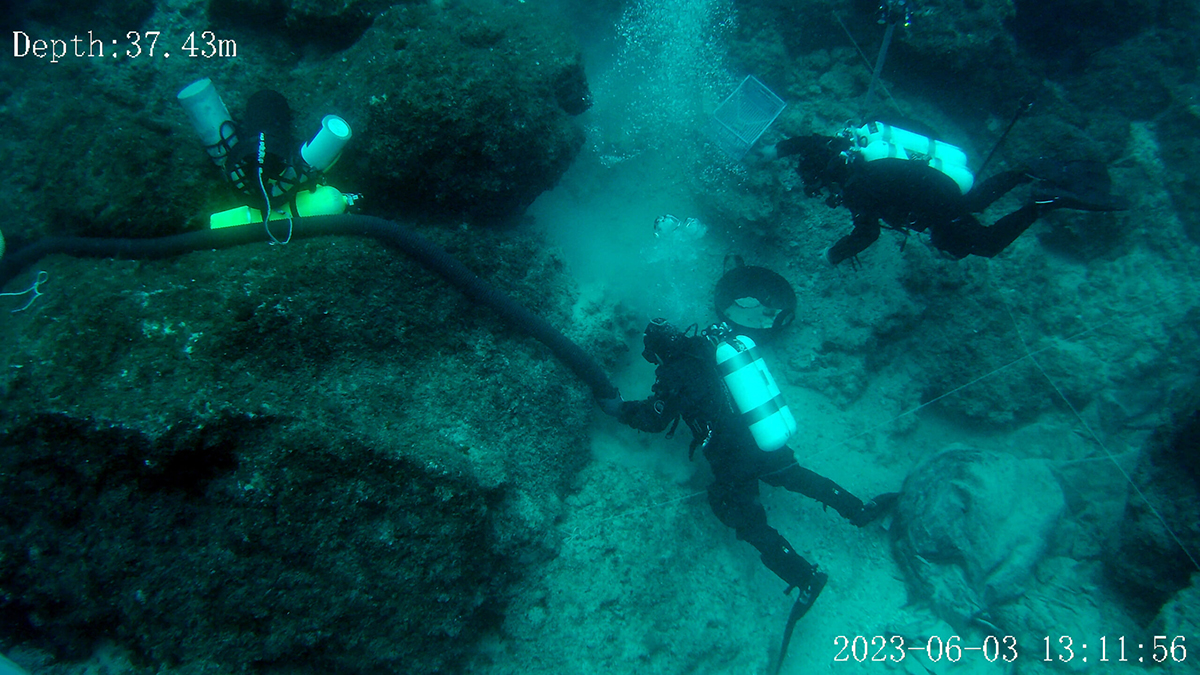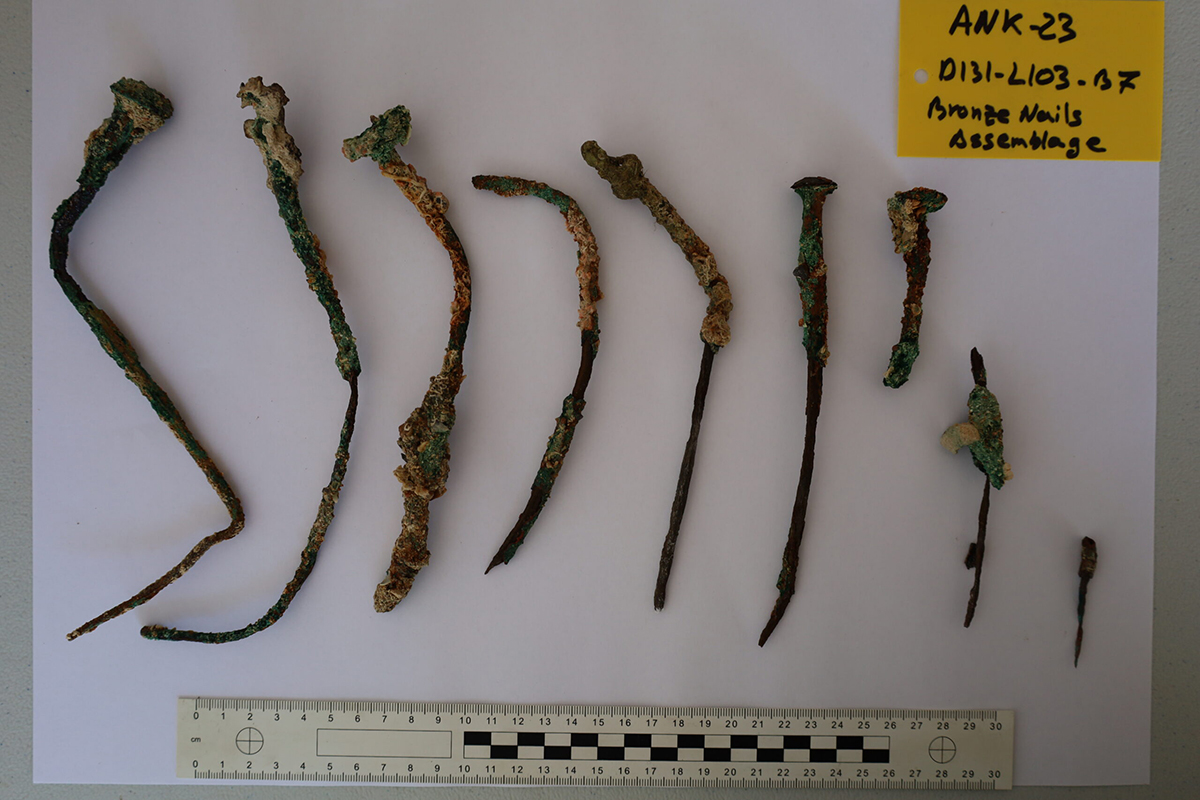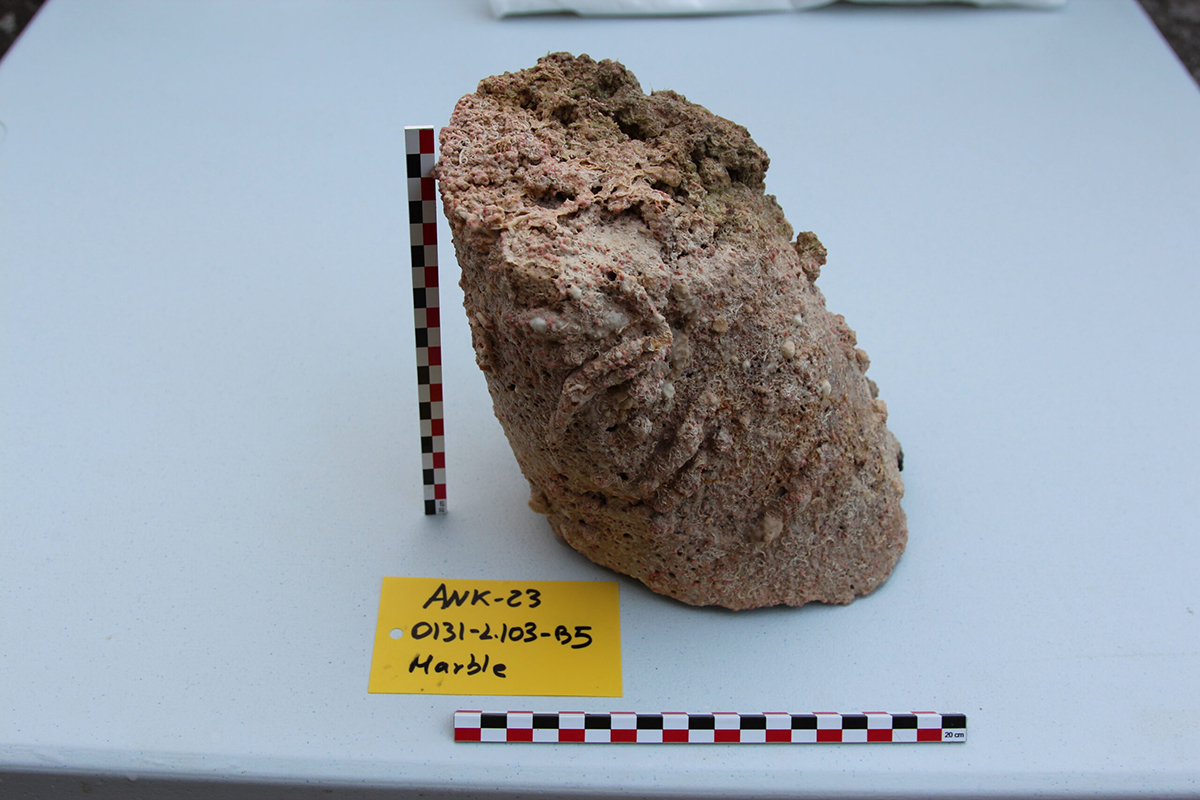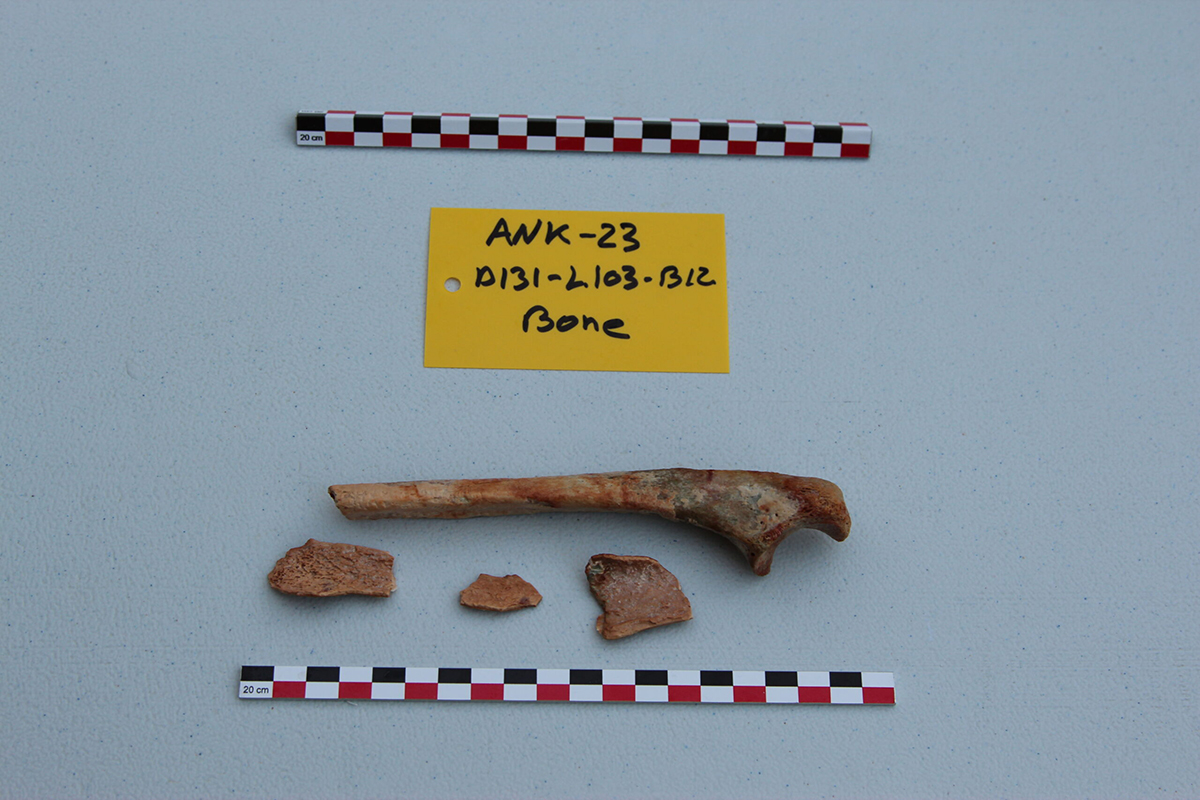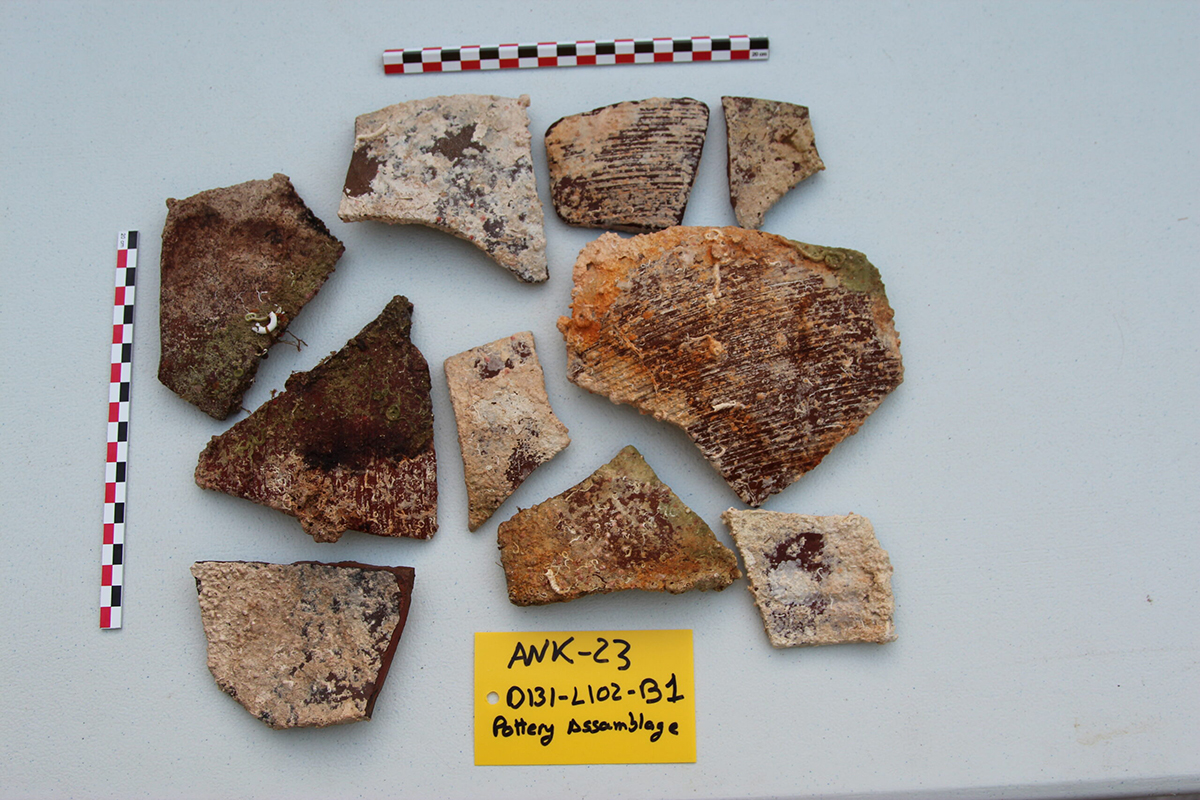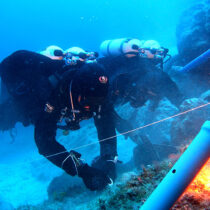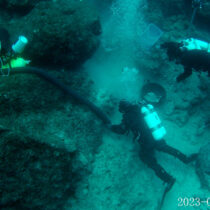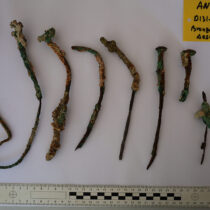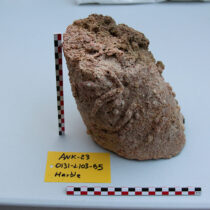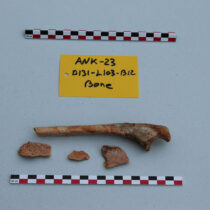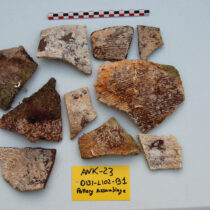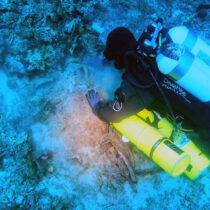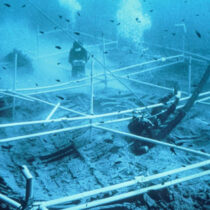A team of Swiss and Greek archaeologists recently completed the third season of excavations on the wreck of Antikythera. The expedition, which took place from May 19 to June 18, 2023, is part of a five-year research program (2021-2025) by the University of Geneva (UNIGE). Using cutting-edge techniques, this research has provided invaluable information on the history of this legendary wreck.
Mysterious shipwreck
The wreck of Antikythera was recently brought into the spotlight by the film Indiana Jones and the Dial of Destiny. Far from the cinematic imagination, an international team of archaeologists, divers, engineers and physical and natural scientists led by Dr. Angeliki G. Simosi, Head of the Ephorate of Antiquities of Piraeus and the Islands, and Professor of
Archaeology Lorenz Baumer (UNIGE), is currently excavating the famous wreck. This year, the researchers have made significant progress in acquiring detailed knowledge of the site’s structure, stratigraphy, the wreck itself and its valuable cargo. In addition, previously unexplored areas have been meticulously documented, enabling a more transparent and
precise understanding of this legendary vessel.
The overall aim of these excavations is to better understand the circumstances surrounding the ship’s sinking, by closely examining the wreck’s preservation and positioning, its possible route and its cargo. This season’s discoveries are essential for the formulation of a global vision of this tragic historical event.
Cutting-edge technologies
The progress of the excavations was meticulously documented using remote-controlled drones and digital capture by the divers. This data was processed daily using 3D modeling software, which enabled the visualization and analysis of the site with remarkable precision. In addition, all archaeological finds were rigorously documented and continuously integrated into a Geographic Information System (GIS), which allowed the understanding of the spatial and temporal distribution of the discoveries.
The database for this ambitious project includes all known data on the wreck of Antikythera, dating back to the first excavations carried out in 1900-1901. This holistic approach enables a comprehensive and in-depth analysis of the site, taking into account all previously collected information.
The discovery of a second ship
Excavations focused on the area at the eastern edge of the shipwreck site, where parts of monumental marble statues were found last year, after the removal of a group of large natural boulders. This year, the team discovered the bone remains of at least one more individual, a tragic victim of this devastating shipwreck. Characteristic artefacts of the Antikythera shipwreck, such as fragments of marble statues, pottery, glassware and elements of copper alloy, lead and wood belonging to the ship’s structure, were also discovered. Among the marble fragments, one most likely belongs to the beard of the head of Herakles, discovered during the 2022 expedition. These finds confirm the cultural and artistic importance of the Antikythera wreck.
In addition, an exciting discovery was made at a higher stratigraphic level : Several fragments of proto-Byzantine pottery have been unearthed, indicating that another, probably much smaller, vessel suffered the same tragic fate during this period. This new information opens up exciting perspectives on the maritime history of the region, and underlines the importance of continuing archaeological research in this area.
International collaboration
The research project is being carried out by the Swiss School of Archaeology in Greece, under the direction of Dr Angeliki G. Simosi, Head of the Ephorate of Antiquities of Piraeus and the Islands, and Professor Lorenz Baumer of the University of Geneva. Underwater operations are supervised by the Ephorate of Underwater Antiquities, while the project enjoys the patronage of H.E. the President of the Hellenic Republic, Katerina Sakellaropoulou.
History
The wreck of Antikythera, dating in the first half of the 1st century BCE, is the richest ancient wreck ever discovered in
Greece. After its accidental discovery off the coast of the island of Antikythera in 1900, it was excavated by the naval officer Cousteau in the 1970s, and then by Greek archaeologists between 2012 and 2020. Since 2021, the project has been coordinated by the University of Geneva, under the aegis of the Swiss School of Archaeology in Greece. Its main objective is to gain a clearer understanding of the ship itself, its itinerary and cargo, as well as the current state of the wreck.
